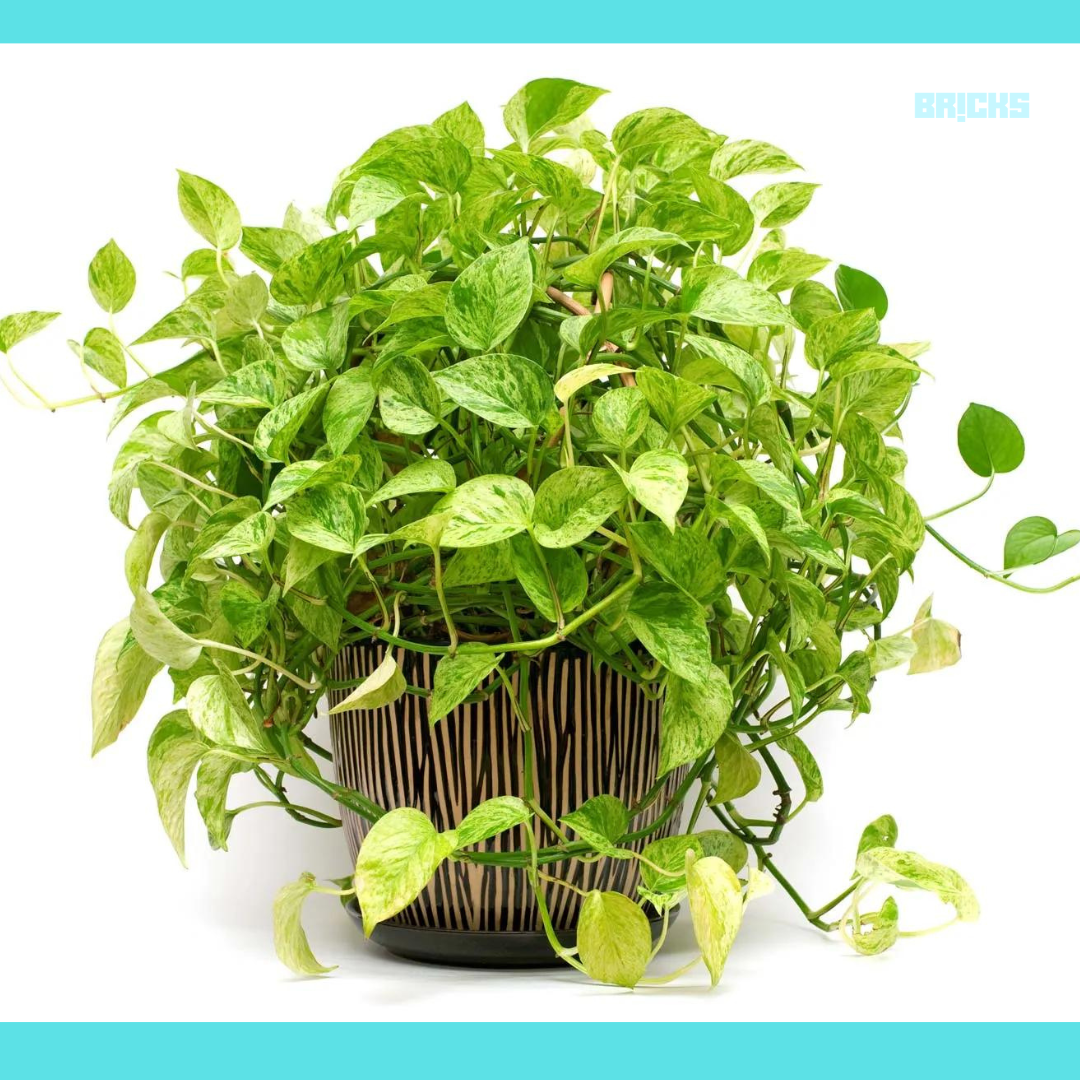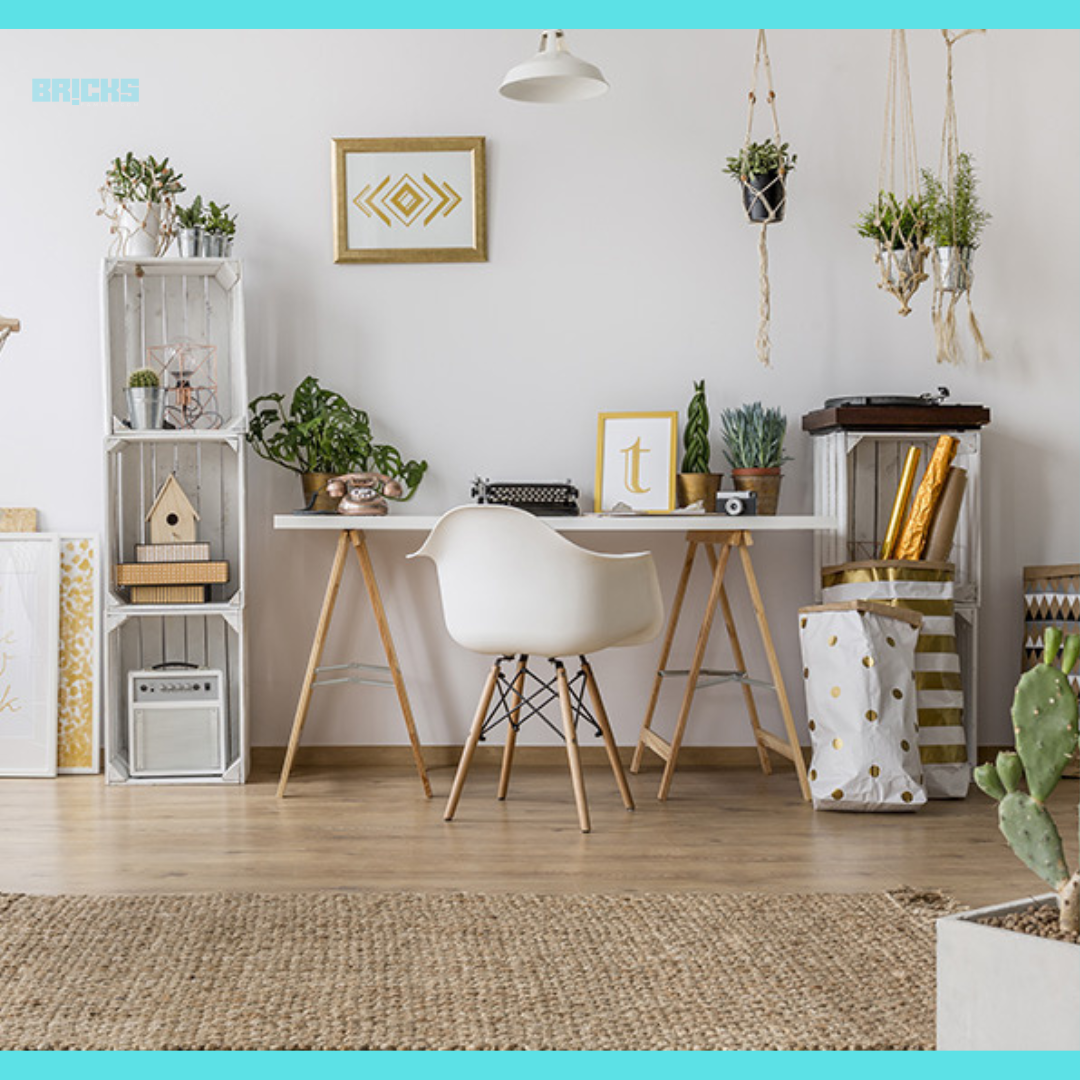Locally, pothos plants are more commonly referred to as money plants. One of the most prevalent plants in most homes is this one. Some people are hesitant to purchase and tend to plants since they are not endowed with a green thumb. Even for novice growers, a pothos plant is a fantastic choice to try growing.This blog is about Pothos Plant or Devil’s Ivy – Varieties, Care & Uses.
Some regions of the nation refer to this plant as Devil’s Ivy. This has an intriguing explanation. Like the ivy plants, gardening experts claim that these are nearly impossible to destroy! These plants can grow with little to no water, in direct sunlight or not, and without the use of fertilizers. For this reason, this plant is still referred to as Devil’s Ivy, even though it does not come from the ivy family.
When planted directly in the ground, the pothos plant can grow wild; alternatively, if kept indoors, it can thrive in small pots or containers. Each plant leaf can expand to a diameter of several inches when cultivated in soil; indoor plants often have smaller leaves.
This can be perfect if you’re new to gardening and want to begin with a plant that won’t make you feel insecure.
Different Varieties of Pothos Plant or Devil’s Ivy
A nursery will frequently have a whole section devoted to Devil’s Ivy. The plant comes in a plethora of varieties, some of which are mentioned below.
Golden Pothos
As the name implies, the leaves of this variety of pothos plants have shades of gold or yellow, giving it an extremely vibrant appearance. This is a common kind that grows well in both soil and water and is seen throughout the majority of the nation.

Marble Queen Pothos
The marble queen pothos plant features dots and patterns on its leaves that give it a distinctive appearance, much like marble.
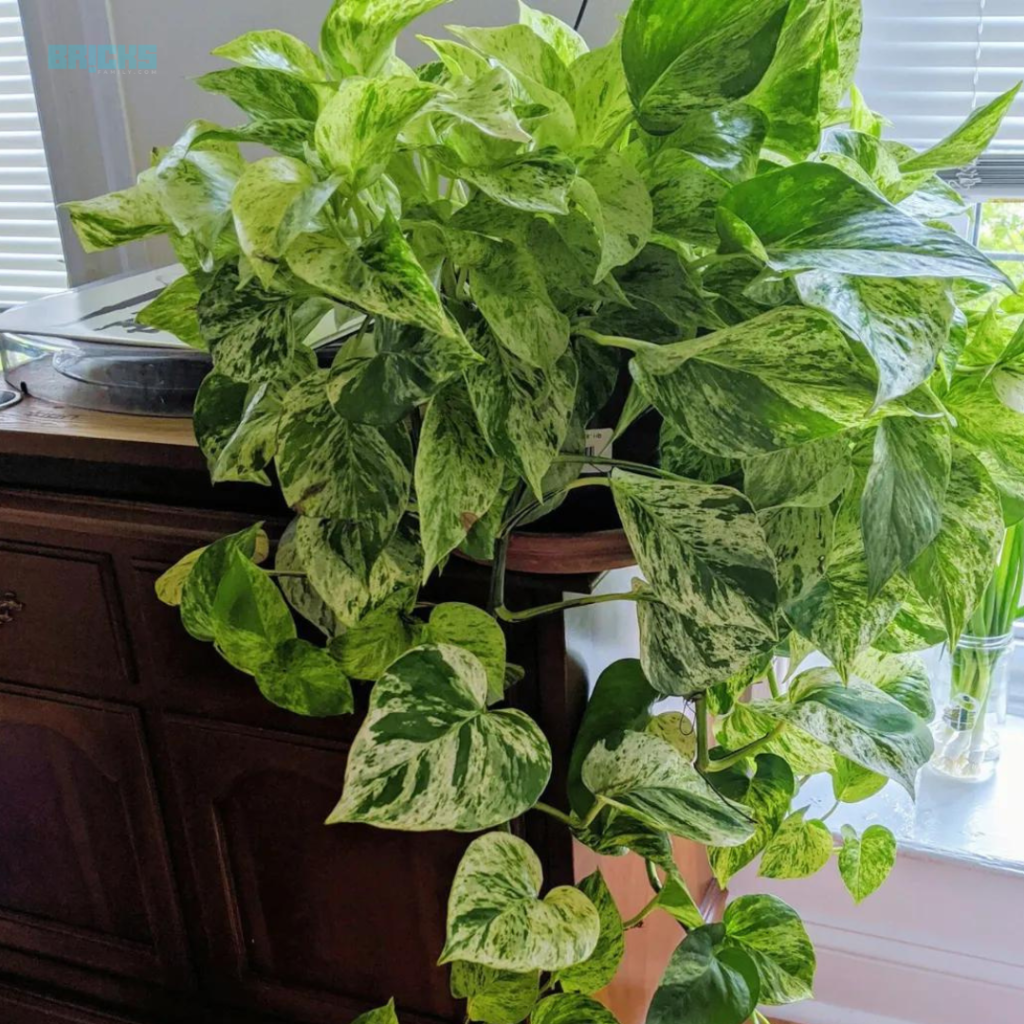
Satin Pothos
Compared to conventional pothos plants, the satin pothos plant has thicker, softer, satiny leaves. The leaves contain silver dots and are a little bigger. These are, hence, also known as silver pothos.
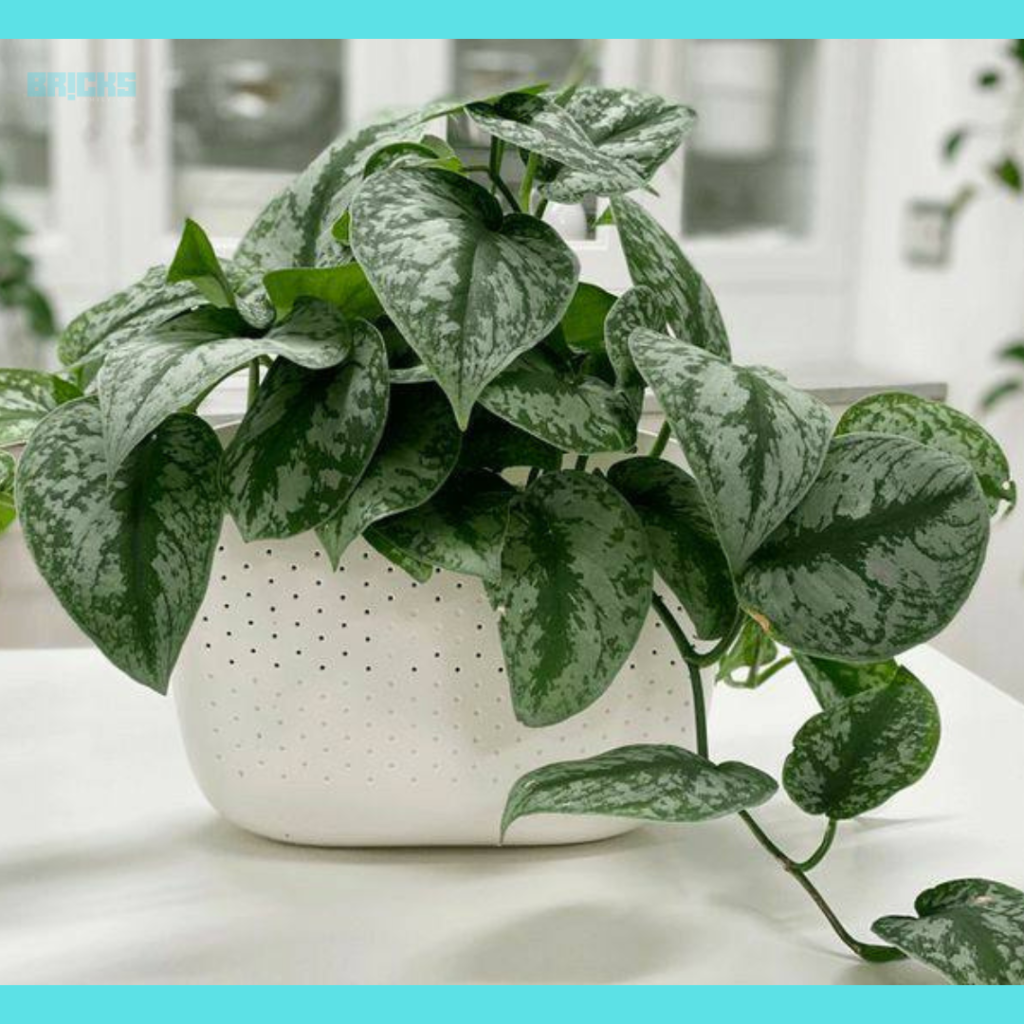
Neon Pothos
The vivid neon green foliage of a neon pothos plant can instantly brighten any area. In case you’re searching for an indoor plant, this may be an excellent choice.
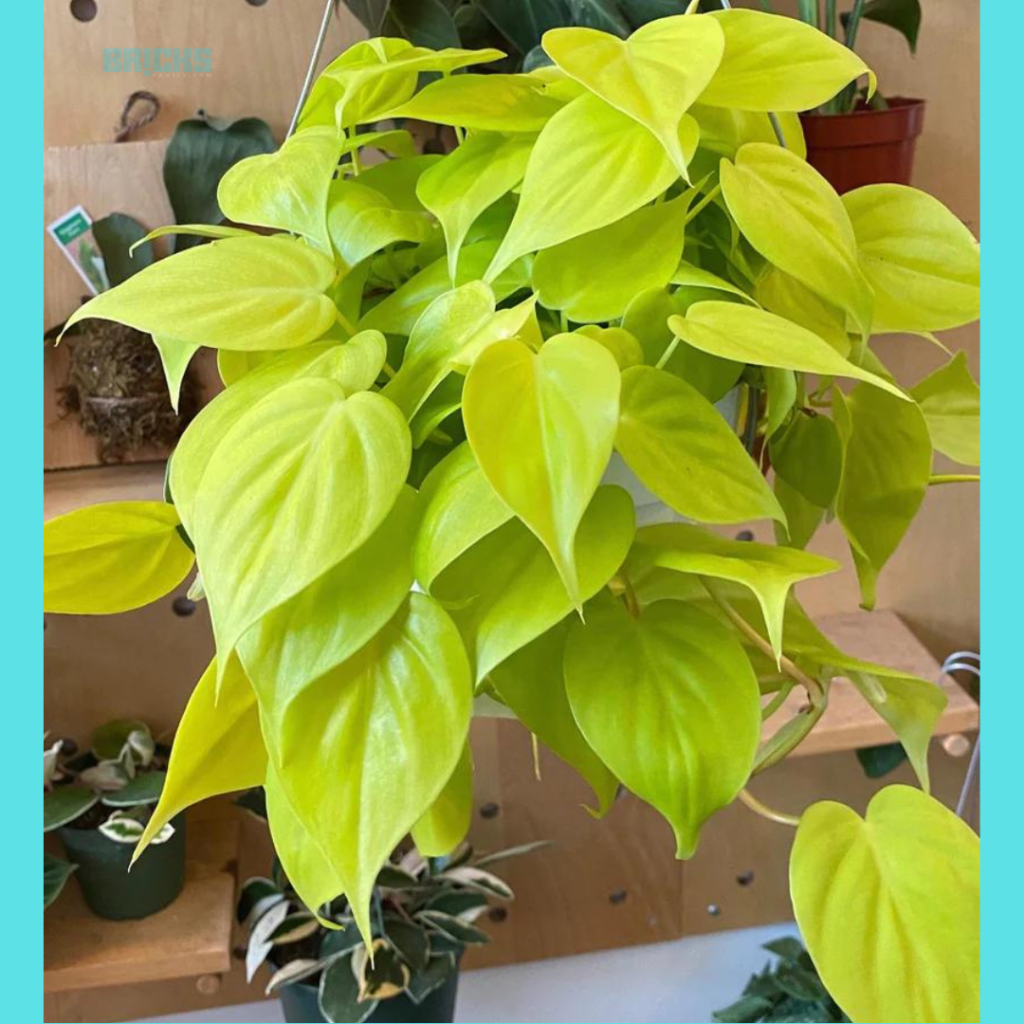
How do I care for a pothos plant?
Probably one of the simplest plants to care for is the pothos plant. Here are some instructions for maintaining the plant.
Choosing the right plant or cutting in the nursery: Selecting the appropriate plant or cutting at the nursery. Make sure the leaves are robust and well-grown before you harvest the plant or cut it. Make sure the roots of any rooted cuttings you are collecting are not browning or wilting.
After returning it home: To keep the pothos plant from going into shock, leave the cutting in its original soil for at least 24 hours after returning it home.
Choosing the medium: The soil or water that a plant grows in is called its medium. Although soils that support Devil’s Ivy do not require fertilization, it is best to start with healthy, loose, naturally fertilized soil to speed up rooting. If you use water, be careful to use soft, room-temperature water.
Light: A pothos plant can thrive in nearly complete darkness, which is why many homes grow it indoors. On the other hand, growing quickly would benefit from some sunshine. To provide your pot with essential sunlight, you can leave it outside once every few days.
Watering: Excessive watering can cause root rot. Water the pothos plant once a week in the summer and once every two weeks in the winter if it is kept indoors. You can water outdoor plants once a week in the winter and twice a week in the summer.
Maintenance: Pothos plants require very little upkeep. You may have overwatered if the leaves are turning yellow. The plant could require more watering if the leaves become brown and dry. Remove the top layer of soil and replace it with looser, healthier dirt if the soil becomes extremely dry.
How to Propagate Pothos Plant
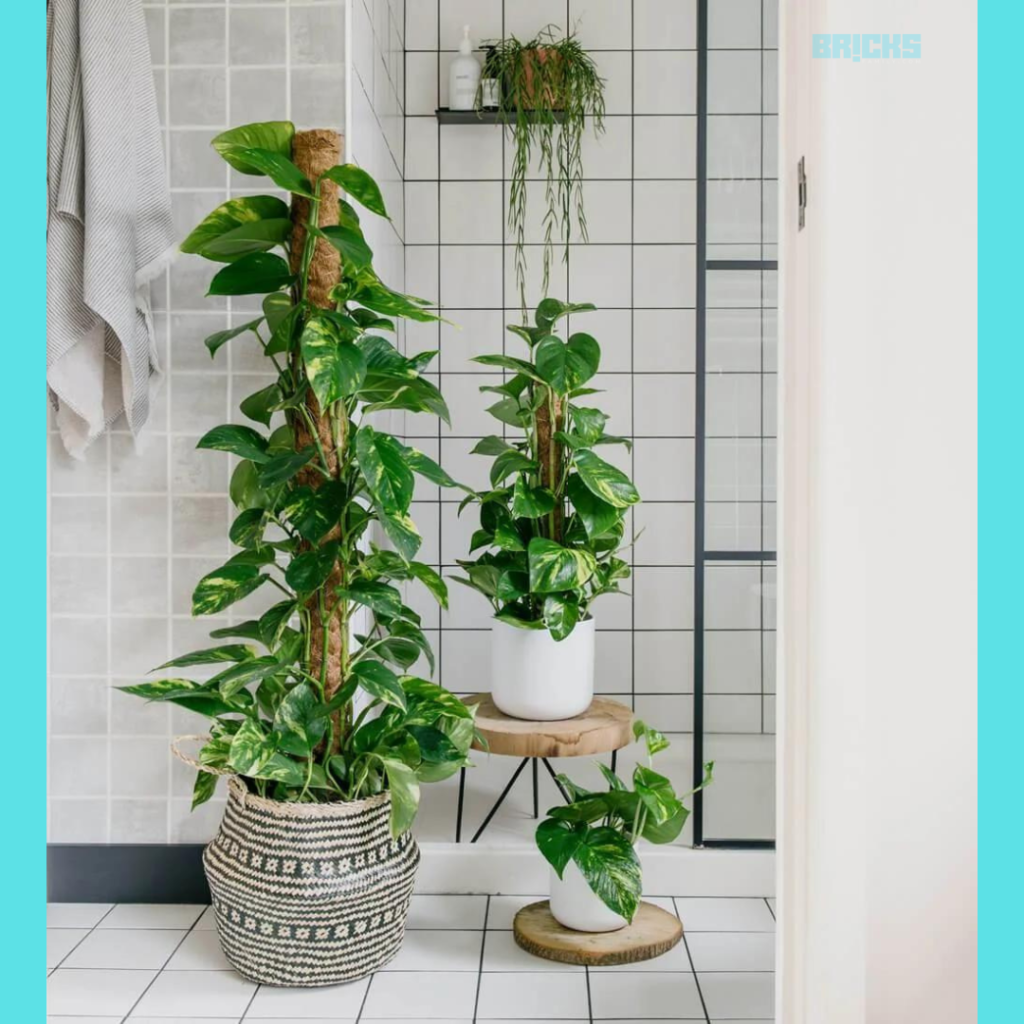
The easiest thing to grow about a pothos plant is its ease of maintenance. For a plant to grow, its roots do not have to be present all the time. It only takes a tiny clipping to multiply a plant you like that you find anywhere.
Bring a clipping of a stem that is healthy and has four or more leaves. In order to allow roots to spread, remove the lowest few leaves. Five to six inches of a plant cutting would be ideal.
Root Propagation in Soil: To encourage rapid root growth, dip the lower end of the stem into a rooting hormone. However, this is purely optional. Prepare a pot or any other container with soil. Gently dig a finger-depth hole in the ground, place the stem, and cover it with more soil.
Give the pothos plant some water and leave it in the full or partial sun. The roots may take two to three weeks to begin spreading.
Root Propagation in Water: Cut off the leaves that cover the bottom three inches of the stem, then put the leaves in a clean, water-filled, clear glass vase or jar. Put the container in direct or indirect sunlight. The roots could take up to a month to spread. Every couple of weeks, change the water.
Uses of the Pothos Plant
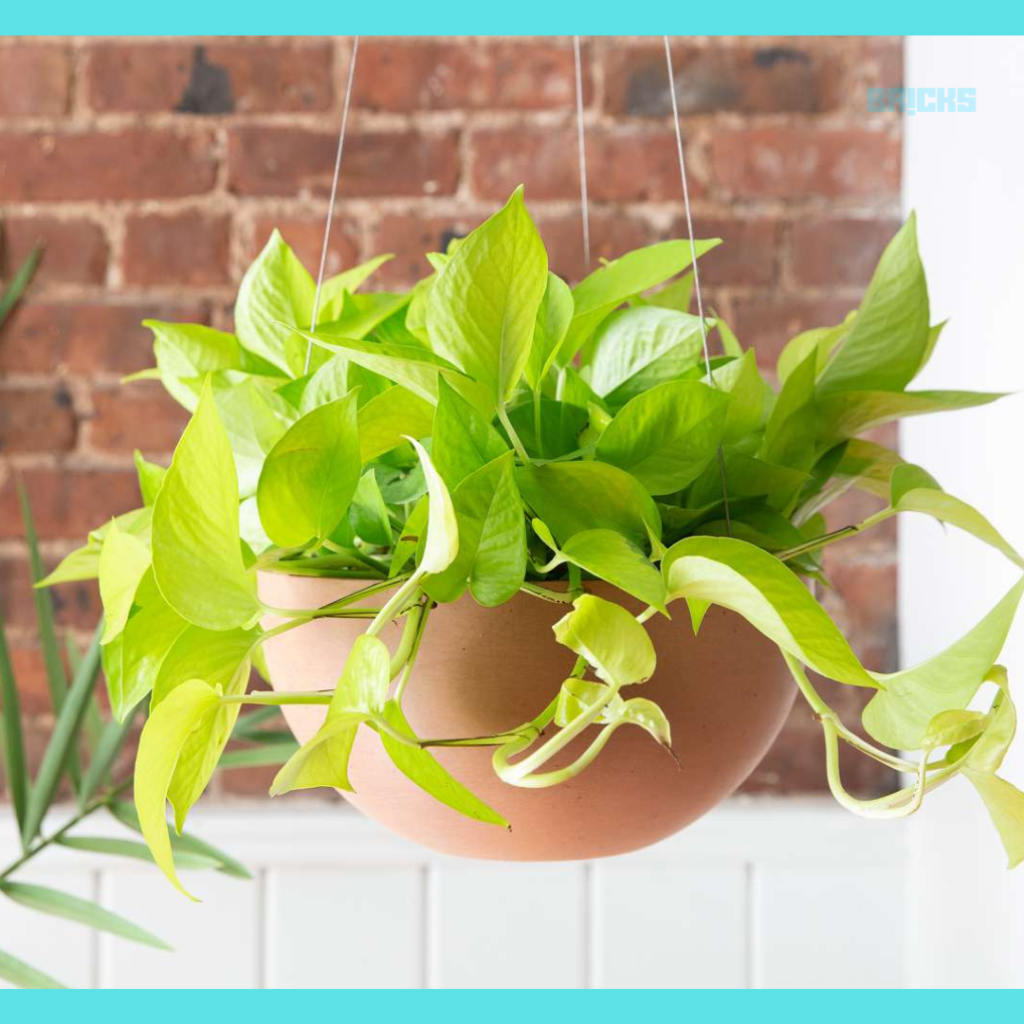
The pothos plant is used for the purposes listed below.
- The pothos plant increases oxygen levels in the atmosphere and eliminates carbon dioxide, just like other plants.
- Pothos plants make excellent indoor plants since they stay green and vibrant all year.
- Additionally, Devil’s Ivy plants are capable of eliminating air-polluting pollutants, including formaldehyde, benzene, and carbon monoxide, and can purify the air.
- Keep a little pothos plant close to your screen if you spend all day staring at it at work or home. This will aid in eye relaxation.
- If you wish to completely cover the ground with greenery in a large garden, pothos plants make excellent cover foliage.
Vastu Tips to Keep Pothos Plant
According to Vastu, maintaining the pothos plant in the proper direction is just as important as providing the necessary care to allow it to bloom. Let’s talk about the Pothos plant’s proper orientation in accordance with Vastu:-
- To boost the flow of positive energy and drive out negative energy, grow the pothos plant in a green or blue pot.
- The optimum directions to keep the pothos plant in the house are in the northeast and north. Keep the plant away from the south.
- In the bedroom, the pothos plant needs to be maintained at least five feet away from the bed. It will assist in elevating the prisoners’ spirits.
- The plant should not be kept close to coloured surfaces or items, as this will bring unfavourable luck.
- Pothos plants should not be kept in the kitchen, as this could lessen their power to draw riches into the home.
- Give away your pothos plant to no one else at all.
- Pruning a pothos plant by someone who isn’t a resident is bad luck because it can represent giving away your wealth.
Conclusion to Pothos Plant or Devil’s Ivy
One of the best plants you may cultivate in your house or place of business is a pothos plant. This plant continues to thrive with little care throughout the summer and winter. You can keep cutting from your somewhat longer creeper to create more plants.
Find the gardener within you by bringing some devil’s ivy home with you.
Also Read: Betel Nut Tree| Benefits, Significance and How to Grow
Similar Topics: Home Makeover – Brands, Prices, & Products for Budget, Premium & Luxury Homes









